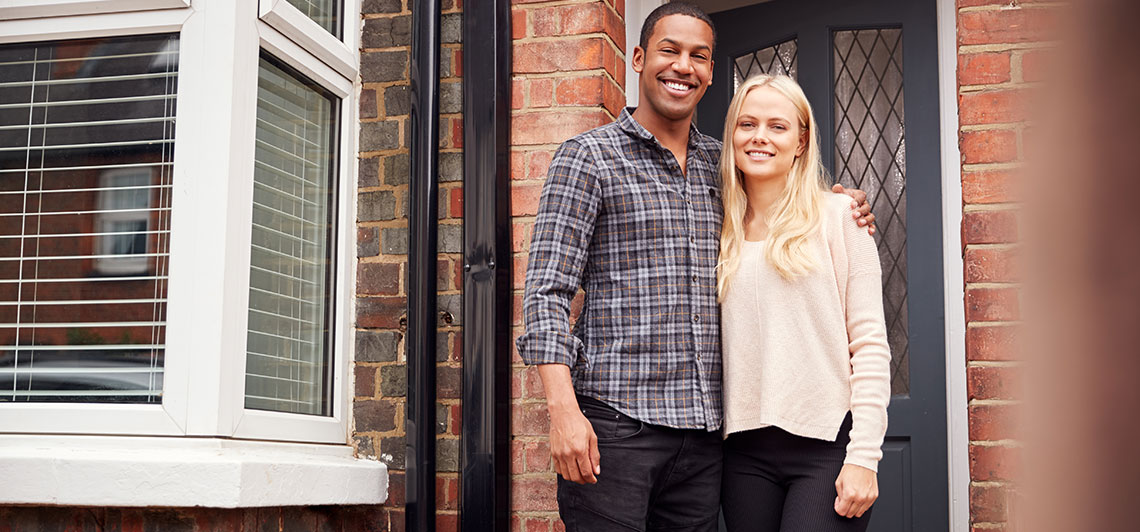
Purchasing a new home is an exciting venture with lots of moving parts. First, you need to find the right new home for the right price in the right place at the right time for you and your family, and then comes the need to work with mortgages, inspections and negotiations. Since homes are the most valuable – and expensive – items the average person will ever own, properly managing your home loan will be one of the most important things you do. And it all starts with having enough cash for a down payment, closing costs, title fees and so forth.
Most people expect to do some saving before they purchase a home. Or, if they already own a home, plan to sell their current home before they purchase a new one. That can mean a lot of waiting, however. What if you’ve found the perfect home and want to act now so you don’t miss your chance? Are there other options? We assure you there are.
One of the more popular options is a bridge loan, and it’s a great choice when you’re expecting an influx of money soon, either from a home sale or another windfall. At Solarity Credit Union, we aim to help homebuyers achieve homeownership sooner and with fewer roadblocks. In this post, we’ll discuss when is the right time to use a bridge loan for a home, what the benefits of bridge loans for homes are, what the drawbacks include and what other options might be available.
What is a bridge loan for a home?
There are many reasons you could be expecting to come into enough money to make a solid down payment on a new home, such as a plan to sell your business or current home. But what happens when you don’t have that money yet, and you still have expenses that need to be covered? Namely, if you’re buying a home, you need money to make a down payment.
That’s where a bridge loan is useful. Bridge loans are short-term loans that can be acquired in short order. Since they have higher interest rates, the expectation for bridge loans is that you take one out to quickly get the liquidity you need and then repay it as quickly as possible once the expected influx of cash comes in from the sale of your current home.
In other words, a bridge loan exists because its purpose is to “bridge” a gap between expectations of funding and that funding coming to fruition.
So, what are the benefits of using a bridge loan for a home, and what are the drawbacks?
Benefits and drawbacks of using a bridge loan for a home
Bridge loans have many uses depending on who is seeking them. One of the most common is for homeowners looking to change homes before the sale of their current home is complete. There are advantages and disadvantages of using a bridge loan in this way. Let’s take a closer look at a few of them.
Bridge loan benefits
Lending institutions tend to resolve bridge loan applications quickly since they are very time sensitive. As a result, they can be slightly easier to get approved than longer-term loans, and the money can be in your bank account much faster.
Another benefit is that bridge loans usually have low monthly payments. Monthly bridge loan payments are only meant to go toward the loan’s interest, making them smaller than a typical mortgage payment. The loan principal is expected to be repaid in a lump payment at the end when your funding becomes available. In fact, some bridge loans don’t have any monthly payments at all and just require all of the principal and interest to be paid in a lump sum together. Ask your lender what your options are.
There are bridge loans that require you to pay both the principal and interest in monthly payments, which tend to beon the higher end of the spectrum. The upside is this means you get to keep more of the cash from your eventual home sale.
Bridge loan drawbacks
Bridge loans tend to have higher interest rates. While many loans have interest rates in the mid/low single digits, bridge loans can have interest rates from 8.5% to as much as 10%. However, due to the shorter term, the loans won’t have the opportunity to compound as high as they could with longer-term loans like mortgages.
Still, bridge loans aren’t the type of loans you want to linger for multiple years, so you should only take them out when you’re sure your funding will come due quickly.
Alternatives to bridge loans for homes
While bridge loans are very convenient, they do have associated fees with them, and the high interest rates can make homeowners and prospective homebuyers skittish. You also use your existing asset (that is to say, your home) as collateral, so if you cannot make the payments on the high interest, you could lose your house if you default. Speak with an expert and make you’re making the best decision for your situation.
That said, there are great alternatives to bridge loans for getting the capital you need quickly:
Home-equity loans let you borrow a lump sum from the equity you own in your existing home. These can take more time to be approved compared to a bridge loan, but they have lower interest rates.
A home equity line of credit (HELOC) is similar to a home equity loan in that you are borrowing money against the equity you own in your current home. However, unlike the lump sum of a home equity loan, this line of credit lets you borrow money up to a certain maximum, so you only have to borrow what you need.
What's your Solarity story?
We're on a mission to tell the stories of our members and how they are living their best lives. Do you have a Solarity story to share?



